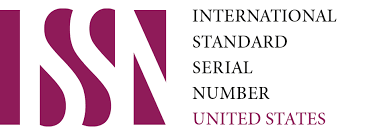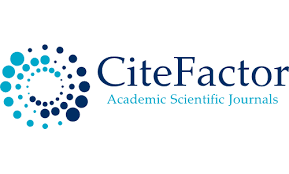The role and practical importance of digital educational technologies in the organization of drawing lessons
Keywords:
drawing lessons, digital educational technologies, innovative technologiesAbstract
This article describes in detail the role and practical importance of digital educational technologies in the organization of drawing classes, the important requirements for the organization of modern educational technologies in drawing classes.
References
Turayev, K.A. Improving the methodology of developing the design-constructive competence of future drawing teachers. Dissertation written for the degree of Doctor of Philosophy (PhD) in Pedagogical Sciences. 2022. pp. 83-106.
Turayev X. A. et al. SCIENTIFIC AND METHODOLOGICAL RECOMMENDATIONS ON THE DEVELOPMENT OF STUDENTS' SPATIAL IMAGINATION WHILE READING COMPOSITE UNIT DRAWINGS //Molodoy issledovatel: vyzovy i perspektivy. - 2018. - S. 242-246.
Turayev X. A. et al. Methodical recommendations on the implementation of the theme of forty in drawing lessons graphically //Science and Education. - 2021. - T. 2. – no. 2. - S. 264-268.
Sattarov S.Y., Turayev X.A. METHODS OF CONSTRUCTING SURFACES ON THE BASIS OF GEOMETRICAL CONDITIONS USING AUTOCAD GRAPHICS SOFTWARE //Science and Education. - 2021. - T. 2. – no. 2. - S. 89-93.
Raykhon O., Dilnoza O. RECOMMENDATIONS FOR THE FORMATION OF TARGETED ACTIONS OF STUDENTS IN RELATION TO SCIENCE THROUGH 3D MODELING //Universum: tekhnicheskie nauki. – 2021. – no. 11-5 (92). - S. 105-107.
Naweed N. A., Turakulov A. E. The role of urban planning norms and rules in creating a modern design of a library building //ACADEMICIA: An International Multidisciplinary Research Journal. – 2021. – Т. 11. – №. 6. – С. 385-387.
Downloads
Published
Issue
Section
License

This work is licensed under a Creative Commons Attribution-NonCommercial 4.0 International License.
User Rights
Under the Creative Commons Attribution-NonCommercial 4.0 International (CC-BY-NC), the author (s) and users are free to share (copy, distribute and transmit the contribution).
Rights of Authors
Authors retain the following rights:
1. Copyright and other proprietary rights relating to the article, such as patent rights,
2. the right to use the substance of the article in future works, including lectures and books,
3. the right to reproduce the article for own purposes, provided the copies are not offered for sale,
4. the right to self-archive the article.













